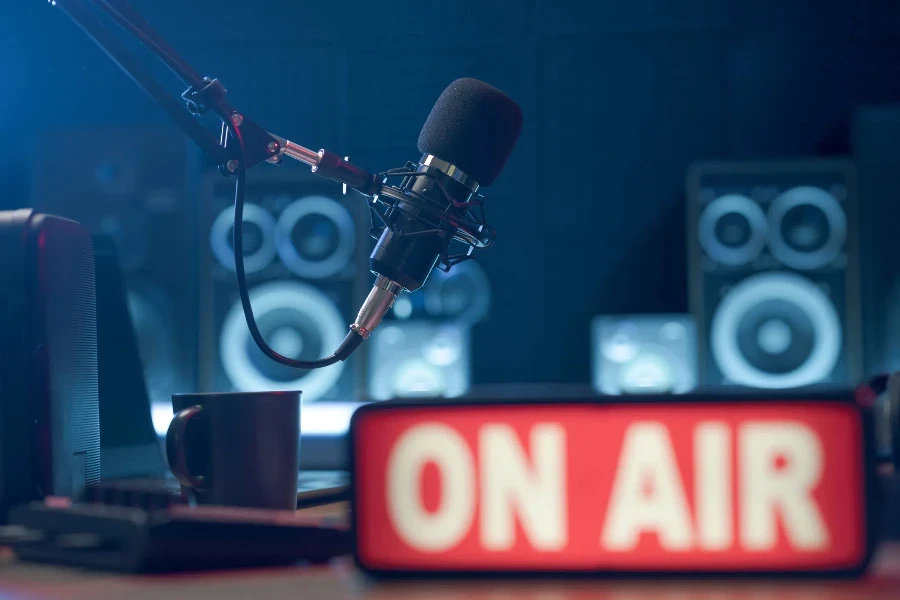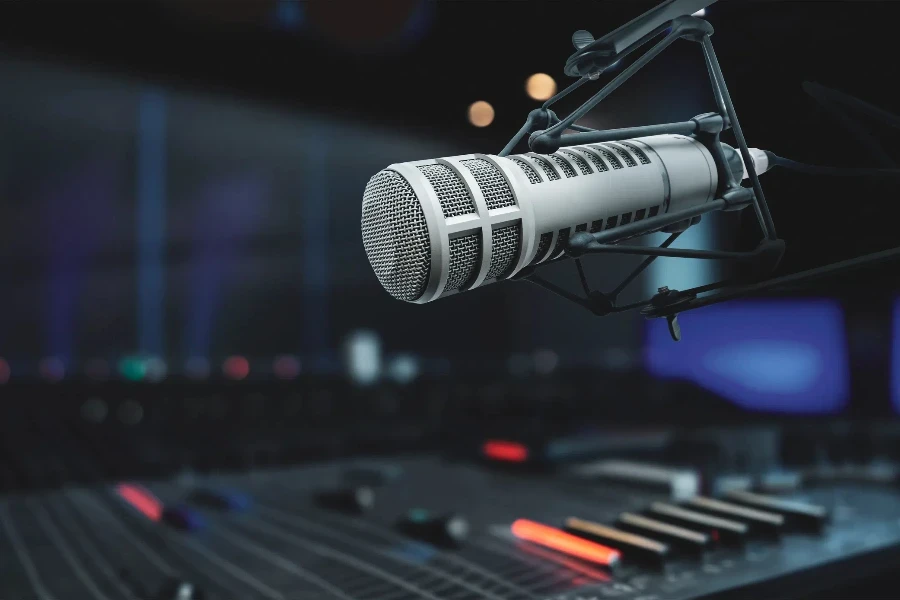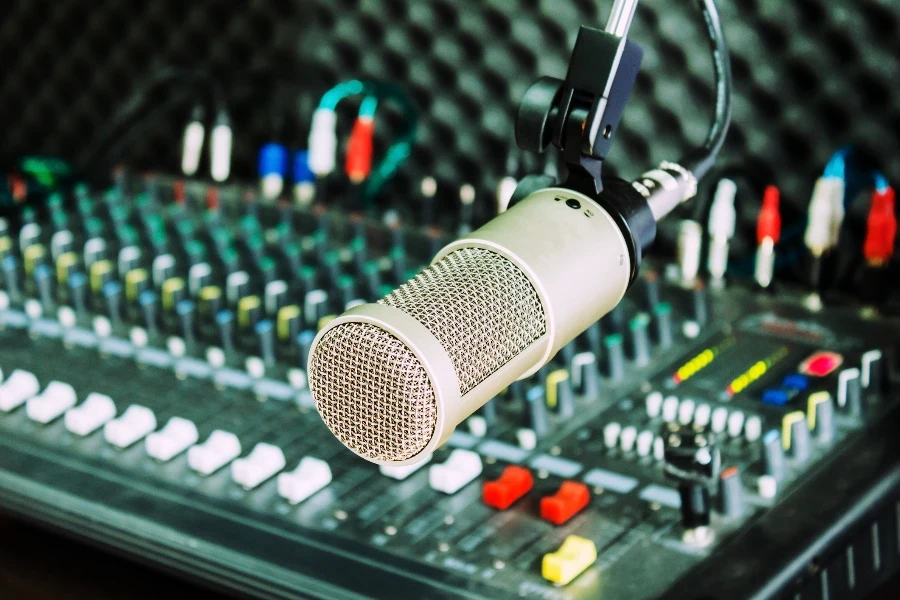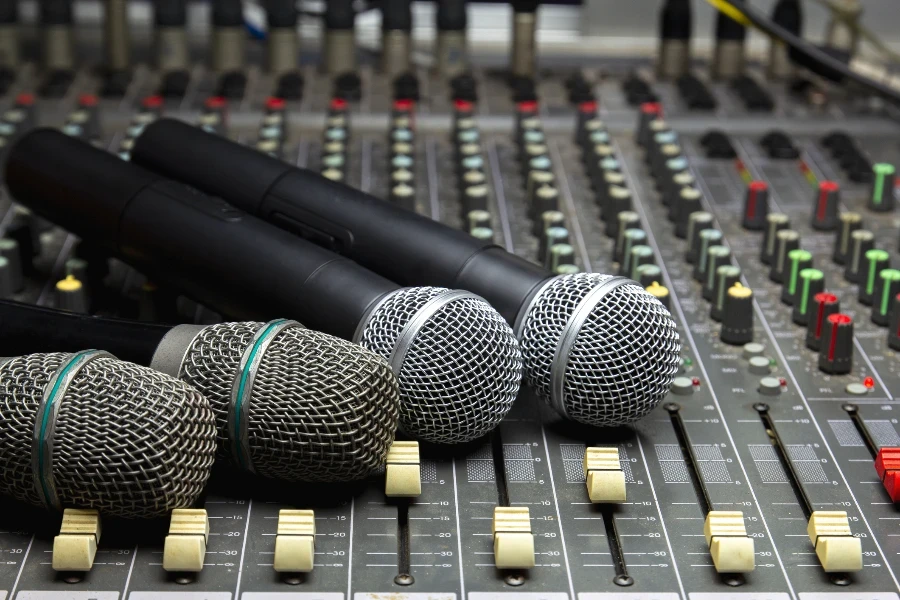The AT2020 is a piece of microphone on its own, and it shines brightly in the wide range of options that are currently in the market. The AT2020 has become a famous, and one of the most recommended, microphones. This Androgynous Time microphone has achieved popularity for having a high-quality sound, and a work life expectancy close to zero at a relatively low price. This article will teach users about the AT2020, including how it works, its advantages and disadvantages, and how to choose and use this great microphone for audio lovers.
Table of Contents:
– What is the AT2020?
– How does the AT2020 work?
– Benefits and drawbacks of the AT2020
– How to choose the AT2020
– How to use the AT2020
What is the AT2020?

The AT2020 is a cardioid condenser microphone that has become common in home studios, podcasters’ racks and voice-over microphone collections. It is designed to be an affordable, enthusiast level recording mic that can compete with professional level recordings. The AT2020 is a dependable, professional build mic with quality components suitable for most audio recording needs.
It’s versatile: you can use the AT2020 to record vocals, acoustic instruments, or ambient room sounds, and the results will be warm and detailed. Its cardioid pickup pattern is forward-focused, helping to isolate the sound source while minimising pickup of the room around it, which is a must for making clean recordings in less-than-ideal acoustic spaces.
A good set of specs. Any source with a wide enough dynamic range can be reliably captured by the AT2020, a reference-quality product with a superb wide frequency range, and an extremely high Sound Pressure Level. The low self-noise of the AT2020 microphone means that, at low sound input levels, it will record the source without adding any discernable hiss and hum to the audio.
How does the AT2020 work?

AT2020 uses a fixed-charge backplate permanently polarised condenser to convert sound waves into electrical signals. Phantom power, usually provided by audio interfaces or mixing consoles, is required to power the internal preamplifier and make the microphone’s diaphragm sensitive to sound vibrations.
The AT2020 features a thin, clingy diaphragm suspended in air and vibrating with the arrival of a sound wave so that it can, with the help of an internal process, create an electrical current out of sound. That current is then amplified and pushed out as an audio signal. The quality of the diaphragm (and other components within the microphone’s internal electronics) is what can make the difference between a murky or muddled recording, and a clear, full-sounding one.
This cardioid pickup pattern is created acoustically, by directing the microphone to respond to sound mainly from its front while minimising pickup from its sides and rear. Due to this on-axis design, it works well to capture a desired sound source from, say, halfway across a room without picking up so much reverberation or room noise.
Benefits and drawbacks of the AT2020

Benefits
The AT2020 delivers great performance at a low cost, making high-quality recording an affordable prospect for a greater number of people. Its wide frequency response and capability of handling high SPLs allows it to reproduce a wide range of sounds, from soft acoustic instruments to the screaming of a singer, faithfully and clearly.
Another key advantage is its durability and reliability. Built to withstand the rigours of studio use and the routine risk that the microphone will be set down roughly or knocked about, the Shure SM58 can be a long-term investment for many users. It can be taken anywhere and used for almost any kind of recording. It has the potential to be the only microphone needed for your home studio.
Drawbacks
On the other hand, the AT2020 has some limitations. It works only with audio interfaces and mixers that offer a phantom power option, which, depending on the equipment you already have, might necessitate additional purchases. Moreover, while the cardioid pattern of the AT2020 offers a great isolation of sound sources, it isn’t as versatile as a multi-pattern microphone when it comes to capturing ambience or multiple sound sources at the same time.
How to choose the AT2020

So why choose the AT2020 over the Rode? Well, when it comes down to it, your use case will determine your decision. If you’re looking to record vocals, a podcast or a single instrument in your home studio, the AT2020 is a fantastic balance of quality and price. Its cardioid pattern helps target a source and reject room sound, a strategy that can be particularly useful in a poorly treated room.
Although these specs and features should be considered across all microphones you are comparing, the AT2020 wins out in most parameters, including frequency response (20-20 kHz), SPL handling (144 dB), and self-noise (20 dB SPL). (SPL stands for sound-pressure level, a measure of the effective sound-pressure level of a microphone signal, while self-noise indicates the intrinsic background noise generated by the microphone.) Consider also build quality – is the microphone well-built and reliable? – as well as accessory availability, such as a shock mount or carrying case.
How to use the AT2020

You need to know a few things about mic placement and audio recording to get the most out of the AT2020. For vocal recordings, position the mic 6-12 inches from the source (this distance is dependent on the volume of the source). If possible, have a pop filter between the mic and the source to eliminate plosives. Move it around a bit and angle it until you hear the most pleasing tone of your voice or instrument.
You must also keep an eye on levels during the recording process, to make sure the signal is strong enough without recording the signal as clipped or distorted. Use a high-quality audio interface or preamp to provide the required phantom power, and to process the microphone’s output with the highest possible fidelity.
Finally, to exploit the AT2020’s cardioid pattern most effectively, arrange the microphone to maximise isolation of the sound source. You might do this by pointing avoids or minimises noise sources, or by arranging for the room in which you are recording to minimise room reflections with acoustic treatment.
Conclusion
The AT2020 microphone improves the accessibility of professional-quality recording equipment for a wider range of potential users. With a combination of build quality, features and sound quality, it is a great option for everyone wanting to enhance their audio recording tools. Recording enthusiasts will see the many uses of this microphone and understand its feature set, advantages and limitations, in order to improve their recordings.




